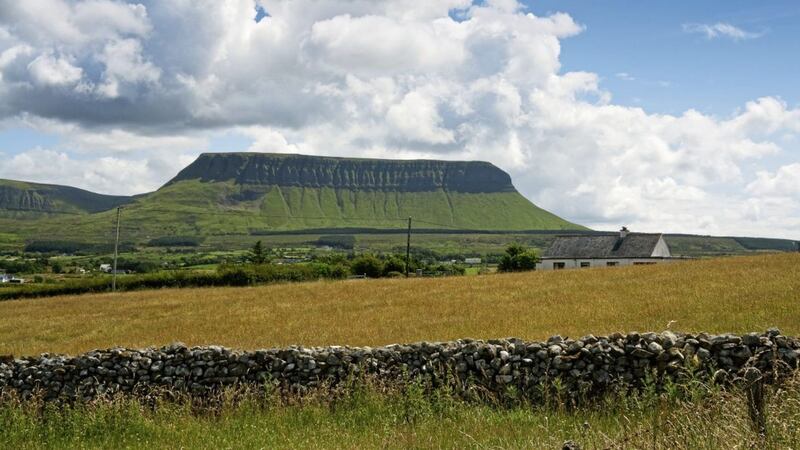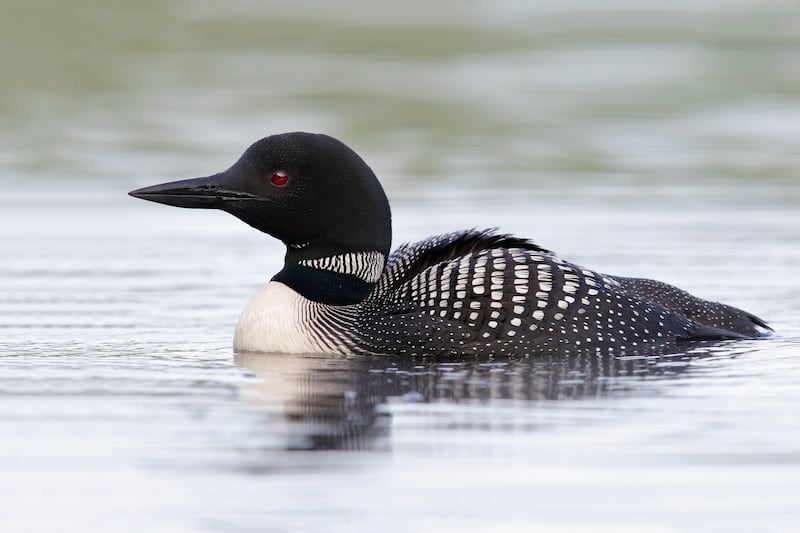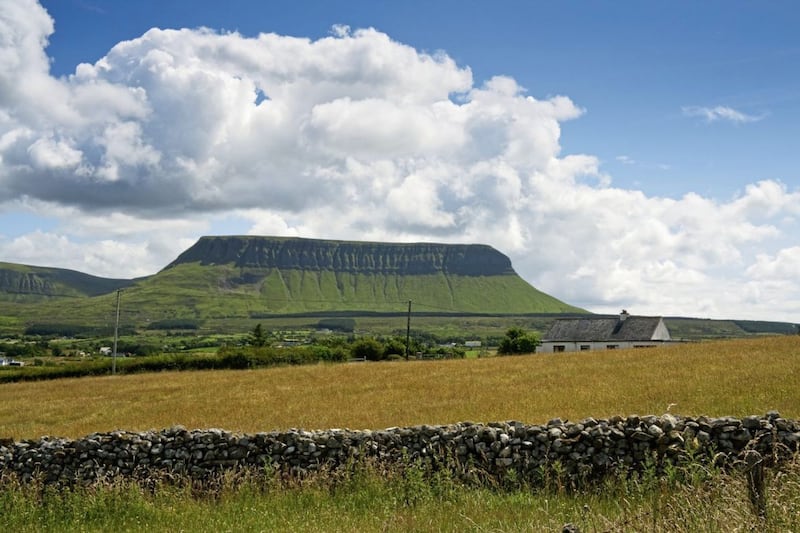OUT in the Atlantic waters beyond a rocky inlet sheltered by the towering Classiebawn Castle and under the shadow of Ben Bulben mountain, a small raft of long-tailed ducks bobbed and dived on a quiet sea, while in the sky above a raven rolled and tumbled.
Nearby a pair of red breasted mergansers also dived, with the coned outline of Croagh Patrick, the holy mountain, visible in the distance.
This was just one frame of vision experienced on a walk some weeks ago around Mullaghmore Head peninsula, Co Sligo.
Long-tailed ducks, Clangula hyemalis, are robust birds of cold northern waters, breeding in tundra pools, marshes and in the lakes of Alaska, northern Canada, Greenland and Iceland. In winter, they migrate south along the eastern and western coasts of North America and to the coastal waters of northern Europe including Ireland.
A gregarious bird often seen in flocks, this sea duck feeds by diving for molluscs, crustaceans and small fish. Although the long-tailed duck usually feeds close to the surface, it is one of the deepest diving ducks, capable of diving up to 60 metres to forage. Relatively scarce and not always easily seen, these ducks are mostly found along our northern and western coasts.
They have complex plumages but in winter the male shows a white head and neck with a pale pink-brown eye patch. Its breast and upperparts are blackish, as are the wings. The tail on the male has elongated black central feathers, while its belly and flanks are white. Both birds have short stubby bills and the female, whose overall colour is a duller brownish-grey, lacks the long tail feathers.
The small flock of eight or so birds, a mixture of adults and juveniles, would soon be on their way northwards to their breeding grounds.
The Irish name Lacha earrfhada translates simply as long-tailed duck, while its scientific name is derived from the Latin clangere ‘to resound’, referring to its call and hyemalis, ‘of winter’.
The nearby pair of red-breasted mergansers, Mergus serrator, were also a welcome sight, with their long red bills and wispy head crests. A resident fish eating duck which breeds in inland lakes, the merganser is commonly seen along our coasts during winter. Both the male and female birds have long, slender necks, and bills with serrated edges for holding fish.
The male has a glossy green head and neck, rufous brown breast, black upperparts and grey flanks, while the female has a brown head and overall greyish-brown body colour.
Irish names for the bird include síolta rua (red merganser) and tumaire rua (red diver).
Seeing both these colourful species of duck enriched my walk, as did the presence of a small group of nervous pale-bellied Brent geese, also winter visitors due to return to their breeding grounds in Arctic Greenland. Patrolling the sea too, gull-like fulmars followed me, like sentinels, hugging the rocky contours of the cliff face with their long glides and rapid stiff wing beats, cackling and growling.
Further down on the sloping rocks, another coastal specialist, the noisy Oystercatcher stood with its orange probing bill and fleshy pink legs poised, ready to take flight.
Gently sloping fields were carpeted with the pale pink hue of lady’s smock, giving welcome colour next to the grey stone walls and gnarled, stunted trees.
Leaving Sligo’s shoreline, travelling inland past Bunduff lake, I reflected on Yeats’s poem, Under Ben Bulben and thought, there is indeed much to see and admire, "under bare Ben Bulben’s head".








